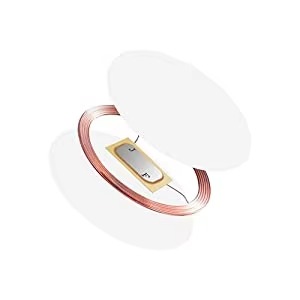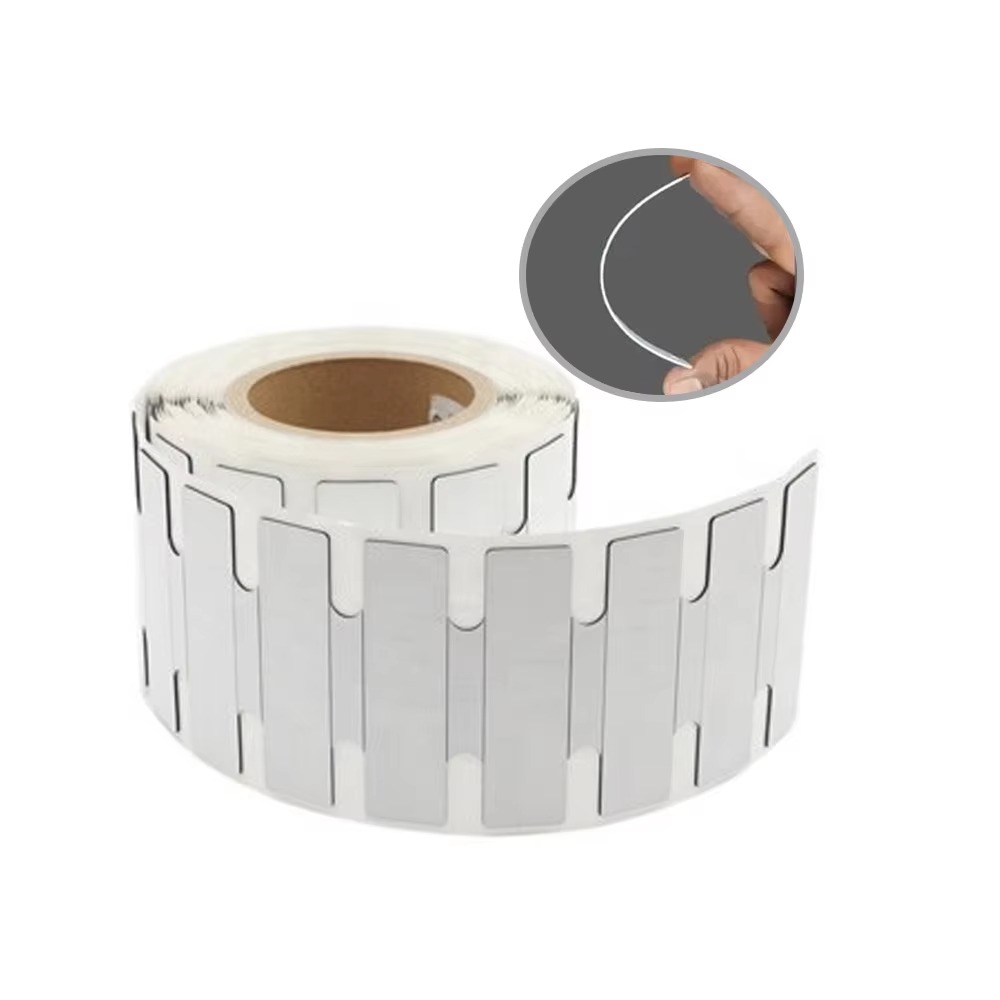
Compact and Durable RFID 1K Token Coin Tags for Asset Tracking
The 13.56 MHz RFID 1K token coin tags present an excellent solution for asset tracking, primarily due to straightforward installation, and robust durability.
RFID (Radio Frequency Identification) laundry tags have become a game-changer in industries like hospitality, healthcare, and commercial laundries. These tags enable efficient tracking, sorting, and management of linens, reducing losses and improving operational efficiency. However, the effectiveness of RFID laundry tags heavily depends on how they are sewn onto the linens. Proper sewing standards ensure durability, readability, and longevity of the tags. In this blog, we’ll explore the best practices for sewing RFID laundry tags and answer some frequently asked questions about their use.
The sewing process for RFID laundry tags must be precise to ensure the tags withstand the rigors of commercial laundering while maintaining functionality. Below are the key standards and best practices:
Location: Choose a spot on the linen that is easily accessible for scanning but does not interfere with its use. Common locations include edges, corners, or seams.
Consistency: Ensure consistent placement across all linens to streamline scanning and inventory management.

Direct Sewing: Sew the tag directly onto the linen using robust stitching to prevent unraveling. This method is simple and effective but requires care to avoid damaging the tag.
Pouch Sewing: Encase the tag in a fabric pouch before sewing it onto the linen. This method provides extra protection against wear and tear during washing.

Compatibility: Use thread that is compatible with the linen material to prevent fraying or damage.
Durability: Choose a thread with high tensile strength to withstand repeated washing and drying cycles.
Margin: Maintain a small margin between the stitching and the tag’s edge to avoid damaging the internal components.
Alignment: Ensure the stitching is evenly spaced and secure to prevent the tag from shifting during use.
Needle Avoidance: Be cautious to prevent the sewing machine needle from directly hitting the RFID chip, as this can damage the tag.
Reinforcement: Use additional fabric layers or padding if necessary to protect the chip.
Durability: The sewing method must withstand harsh laundering conditions, including high temperatures, detergents, and mechanical agitation.
Testing: Test a sample of sewn tags through multiple wash cycles to ensure they remain intact and functional.
Post-Sewing Check: After sewing, verify that the tag is still readable and that the stitching does not interfere with its functionality.
Orientation: Ensure the tag is positioned correctly for optimal scanning performance.
Improved Inventory Management: Automates linen tracking, reducing manual counting and errors.
Enhanced Efficiency: Streamlines laundry operations, saving time and labor costs.
Loss Prevention: Reduces theft and linen loss rates.
Automated Sorting: Facilitates sorting by type, customer, or other criteria.
Data-Driven Insights: Provides valuable data on linen usage, lifespan, and washing cycles.
RFID laundry tags are designed to endure commercial laundering processes, including washing, drying, and ironing. Their durability depends on the tag quality, materials, and proper sewing techniques.
The read range varies based on the RFID technology (LF, HF, or UHF) and the reader’s power. UHF tags typically offer longer read ranges (up to several meters) compared to HF or LF tags.
Yes, RFID laundry tags are versatile and can be used for various linens, including bed sheets, towels, uniforms, and more. They are available in different forms and materials to suit specific needs.
RFID laundry tags can be sewn directly onto linens or placed in fabric pouches before sewing. Some tags also offer heat-seal options for specific applications.
John S., Hotel Manager: “Since implementing RFID laundry tags, we’ve seen a significant reduction in linen loss and a major improvement in inventory accuracy. The tags have paid for themselves in a short period.”
Sarah L., Laundry Operations Supervisor: “The durability of these tags is impressive. They’ve held up well through countless wash cycles, and we haven’t experienced any issues with readability.”
Michael B., Hospital Administrator: “RFID technology has revolutionized our linen management process. We can now track linens in real-time, automate sorting, and generate detailed reports that help us optimize our operations.”
Emily C., Inventory Manager: “We used to spend hours manually counting linens. With the RFID system using these tags, it’s almost instant, and our inventory is always accurate.”
RFID laundry tags are a powerful tool for improving linen management across various industries. By adhering to proper sewing standards, businesses can ensure the durability, readability, and longevity of these tags. Whether you’re in hospitality, healthcare, or commercial laundry services, implementing RFID technology with the right sewing practices can lead to significant cost savings, operational efficiency, and enhanced customer satisfaction. Always follow the manufacturer’s guidelines and test your sewing methods to maximize the benefits of RFID laundry tags.
Newest trends and common knowledge in RFID laundry tags.

The 13.56 MHz RFID 1K token coin tags present an excellent solution for asset tracking, primarily due to straightforward installation, and robust durability.

The ISO15693 RFID Disc NFC Tag is engineered for robust performance in challenging outdoor environments.

A durable, waterproof NFC coin tag with an NTAG213 chip, ideal for secure product identification and object monitoring, usable on metal surfaces.
Didn’t find what you want? Ask our manager for help!